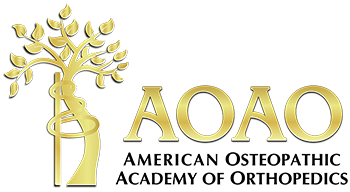1McDermott A, 2Floccari L, 3Basdavanos A, 2Ritzman T, 3Samson T, 2Steiner R
1Aultman Hospital, Massillon, OH, United states; 2Akron Childrens Hospital, Akron, Ohio, United states; 3NEOMED, Akron, Ohio, United states
Introduction/Objective (121)
Both bone forearm fractures is a common pediatric injury accounting for up to 40% of all pediatric fractures. While these fractures traditionally have been commonly treated with closed reduction and cast application there have been recent studies reporting increased rates or surgical intervention for these injuries. There is still not a clear choice on the best practice to maximize function while minimizing risk of complication. Currently, the literature available discusses nonoperative treatment, intramedullary nails, and open reduction internal fixation. Additionally, steinman pin percutaneous fixation has not been well described in the literature but has been performed at our institution in recent years. This study aims to compare outcomes of intramedullary nail fixation with percutaneous treatment of these fractures with steinman pins.
Methods (74)
This is a retrospective, comparative cohort study, with two groups of patients, based upon treatment of both bone forearm fractures at a single institution. Treatment comparison will include: traditional elastic stable intramedullary nailing (ESIN) with titanium nails and percutaneous Steinman pins (PSP). Patient’s included will be identified from EMR and based upon procedural CPT codes. Information obtained is based upon operative report, list of materials used during surgery, clinical chart review and phone surveys.
Results (218)
One hundred and forty patients were included (114 ESIN, 26 SPS), with no significant differences between cohorts in gender, open vs. closed fracture, incidence in limited range of motion, incidence of complications, incidence or unplanned reoperation or length of stay (1 day). It was found that percutaneous implants were used more often to fix one bone, while buried implants were used more often to fix both bones (P = 0.013). The duration of surgery (0.65 vs. 1.5 hours), time in cast (44 vs. 47 days) and length of follow-up (2.6 vs. 7.7 months) were all shorter for patients with percutaneous implants compared to elastic intramedullary nails. Duration of surgery was also not found to be due to the number of bones fixed (P = 0.908) but was related to the type of treatment with buried implants, on average, taking 42 minutes longer than surgeries for percutaneous pins (P < 0.001). When comparing the number of bones fixed, it was found that percutaneous implants were used more to fix one bone, while buried implants were used more often to fix both bones although this was not statistically significant. However, patients with two bones fixed had a median age of 9.2 yr while patients with only one bone fixed had a median age of 6.7 yr which was statistically significant.
Conclusions (57)
In a direct comparison of outcomes there was no difference in incidence in limited range of motion, complications or unplanned reoperation between elastic stable intramedullary nailing with titanium nails and percutaneous Steinman pins. Patients that underwent percutaneous Steinman pin fixation did have a shorter time in cast, shorter duration of surgery and decreased length of follow up.


